The island with 200,000 manchots
Nature is sometimes strange and surprising, isn’t it? In South Georgia, an isolated island in the far south of the Atlantic Ocean is home to one of the world’s largest royal colonies. A little over 200,000 manchots gather on the beach of Salisbury Plain, to reproduce, a surprising show knowing that this island is almost one of the last true wild dens on Earth.
Only temeraires and daring will be able to observe this fascinating natural show, as the island is only accessible through a multi-day cruise... A show that does not escape a few professional photographers, who came to observe this gift of nature.
It is in the middle of the storms, the blizzard and the hustle of the ocean that the island finally shows the tip of its nose to the passengers who come by boat. Snowy peaks, blue glaciers and black rock plates come to enhance this almost apocalyptic landscape at the end of the world. It seems extraordinary that life can flourish in such an inhospitable landscape, with a climate so harsh and yet...
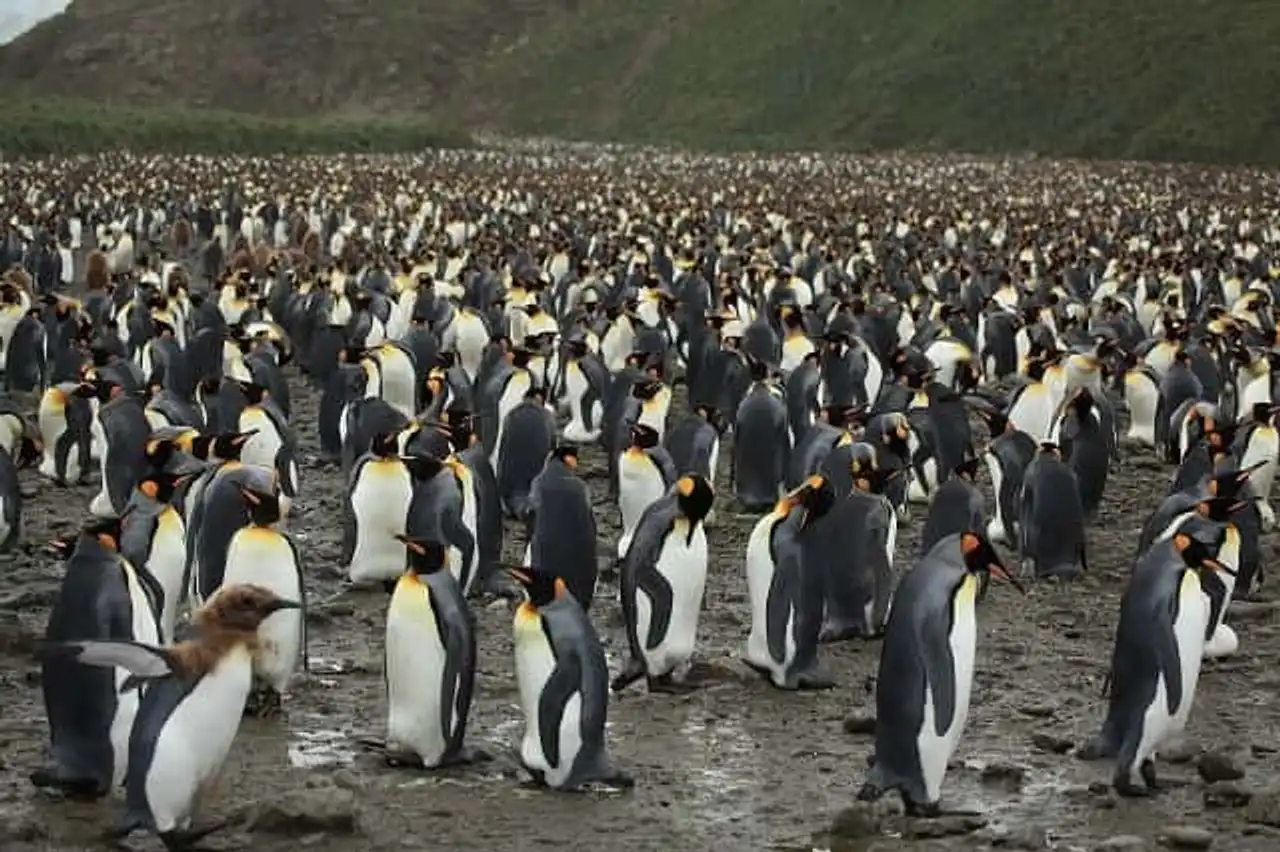
Photo credit: Wikimedia – Liam Quinn
The few travellers and explorers of this island will be able to observe the incessant ballet of the nuptial parades of the albatros up to 3.50 m wide, some thousands of fur and sea elephants playing elbows with the royal manchots present in very large numbers... We can only imagine the wonder before such a show!
How to get there?
The unrest of the ocean is a significant element to be taken into account in this journey that can be truly challenging. With hollows of more than 9 m, sea evil is highly probable. The connections are made from the city of Ushuaia at the southern end of Argentina. Des cruises which are often proposed during the southern summer, that is, from November to January!
This island at the end of the world is probably the very idea that one is made of a still preserved natural paradise... The few pictures of this magical and extraordinary place are enough to take their eyes full! A fascinating show that leaves us without a voice...
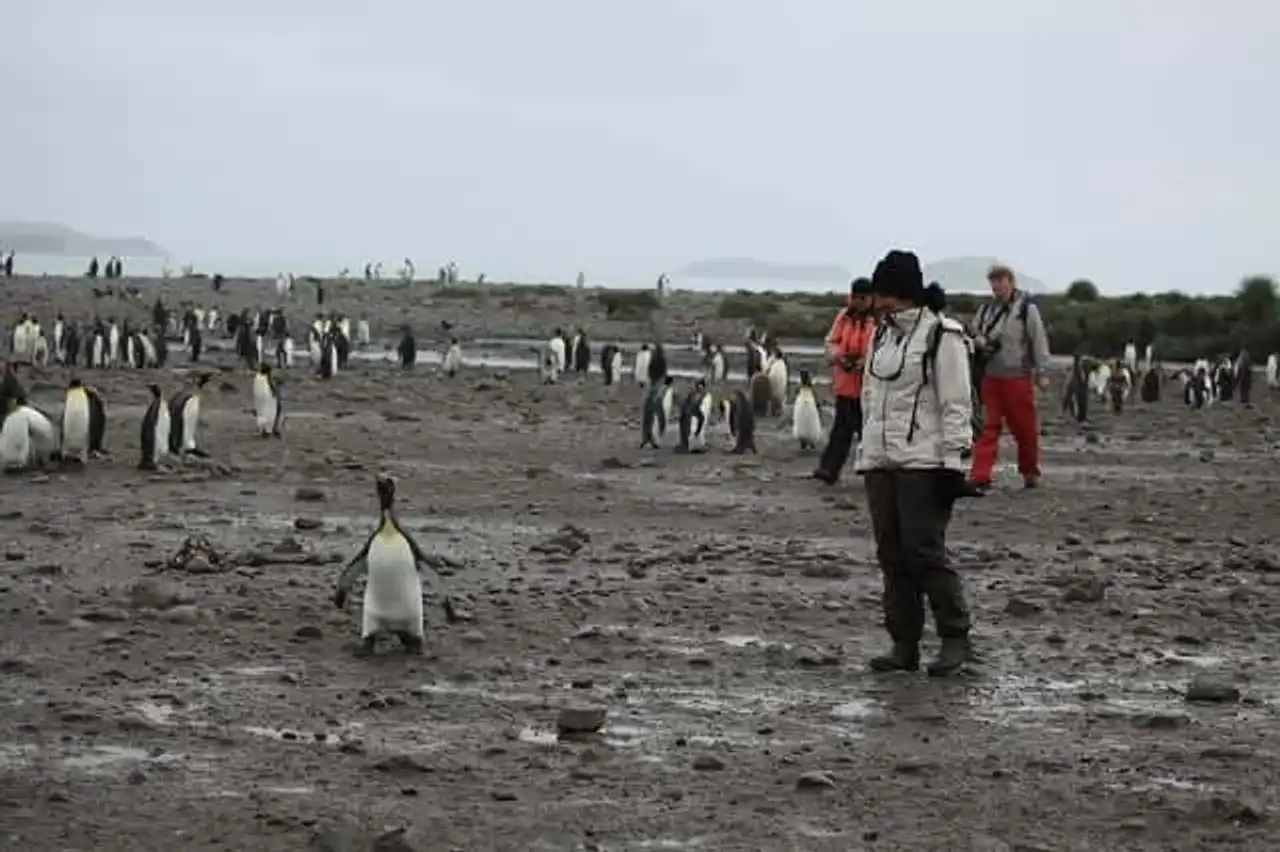
Photo credit: Wikimedia – Liam Quinn
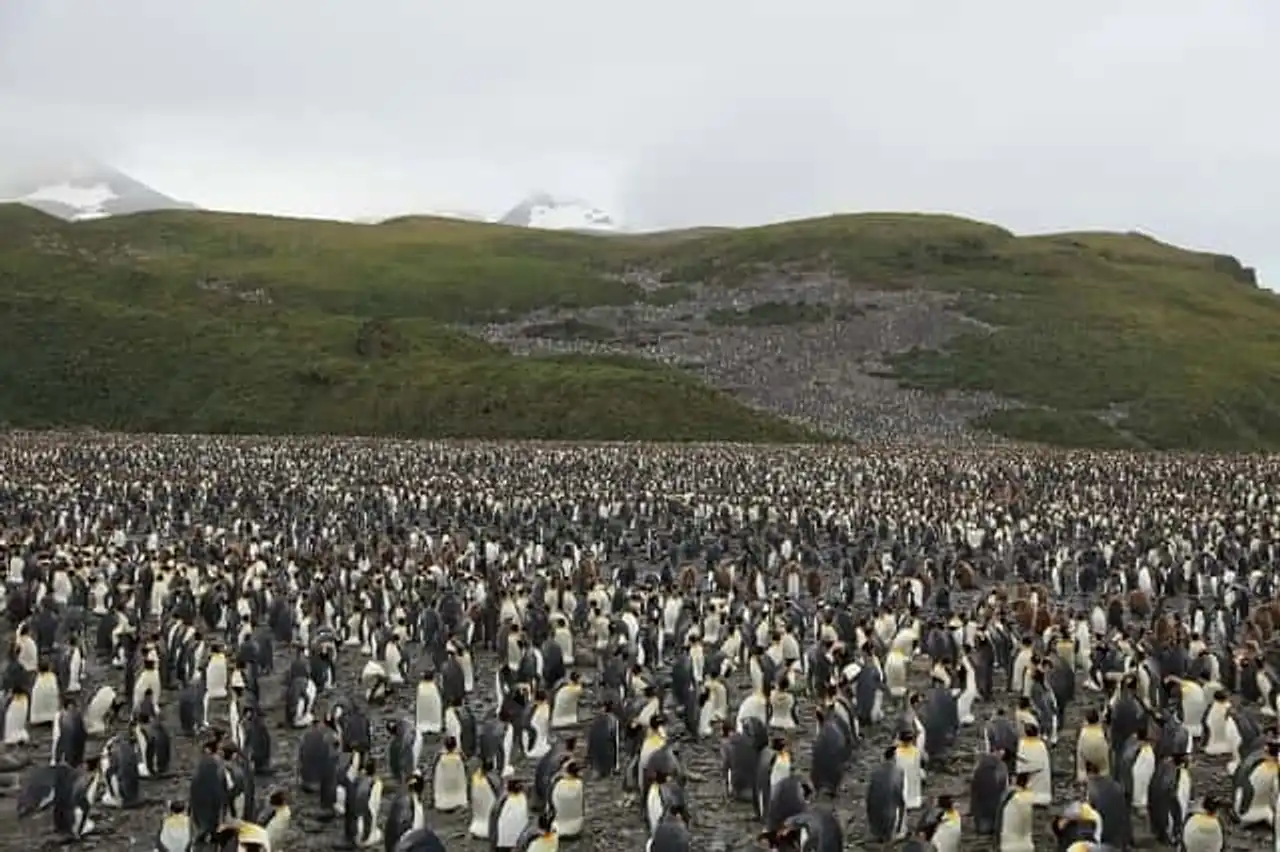
Photo credit: Flickr – Liam Quinn
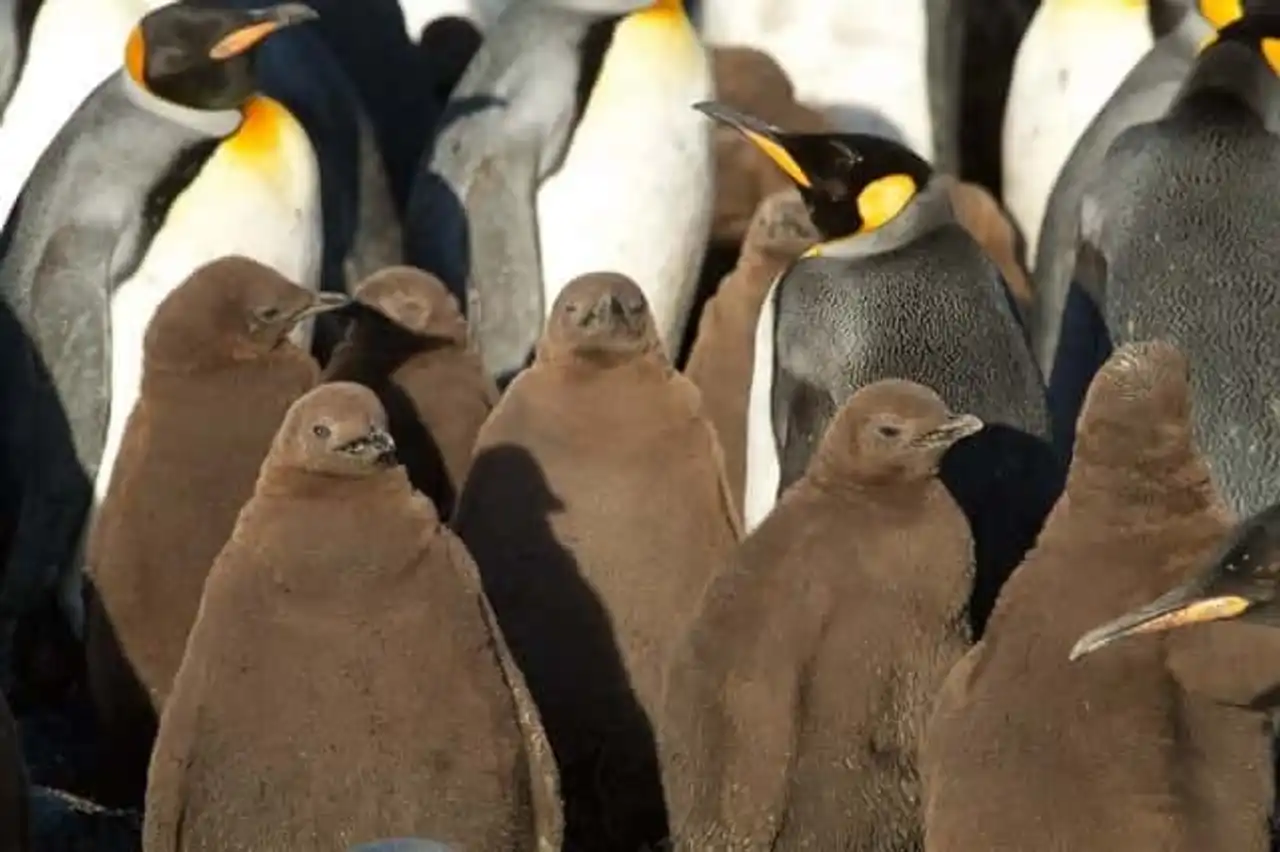
Photo credit: Flickr – Brian Gratwicke
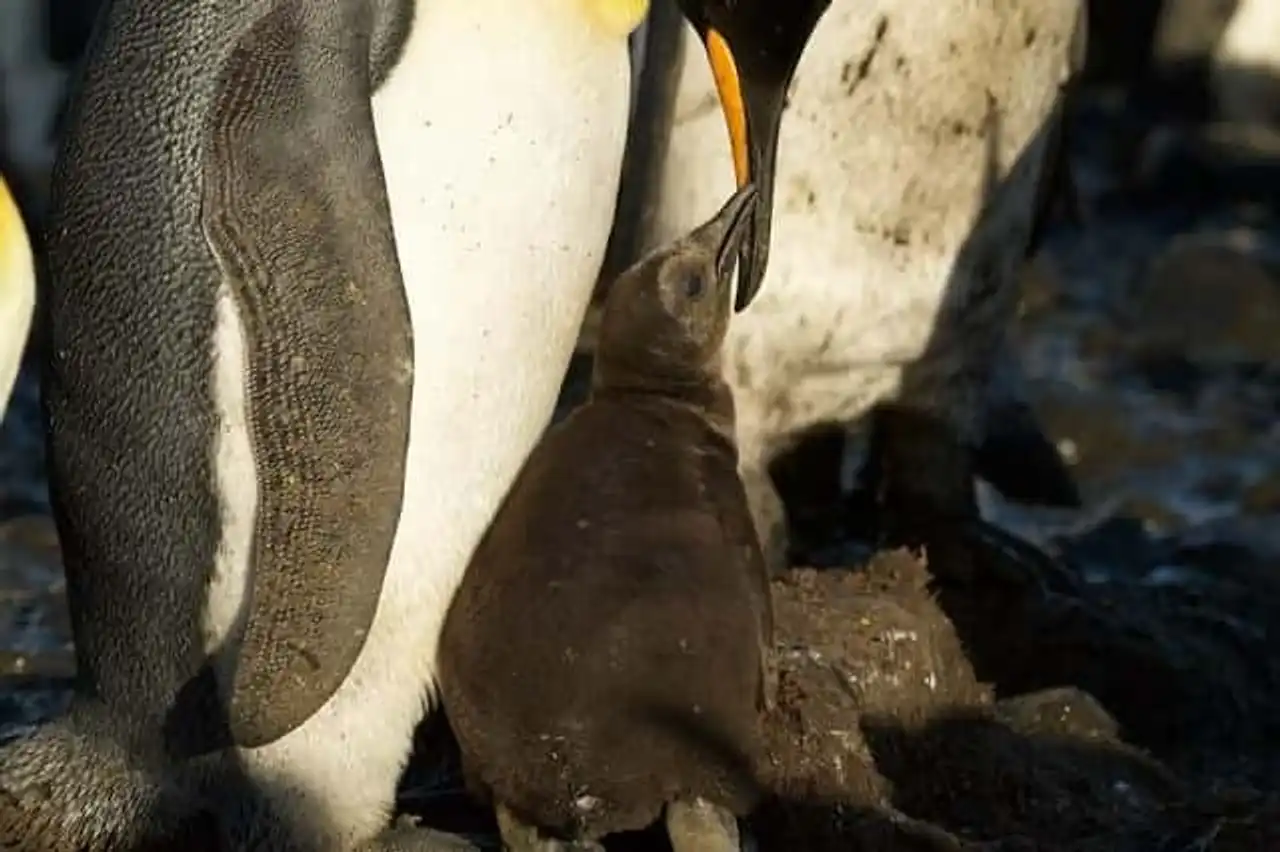
Photo credit: Flickr – Brian Gratwicke
Main photo credit: Flickr – Liam Quinn
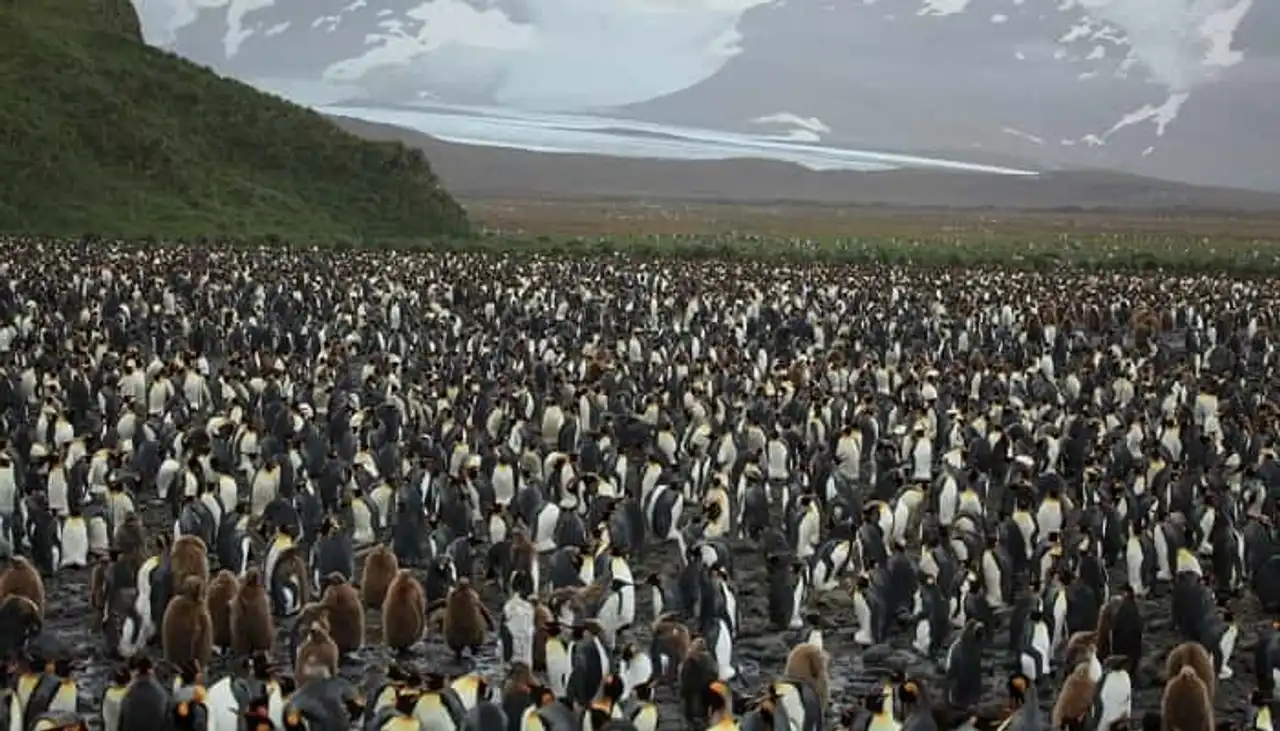




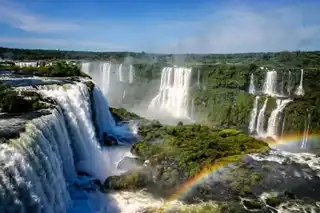
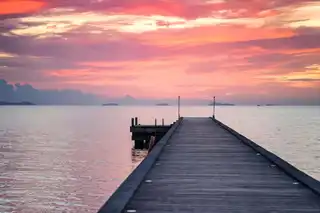
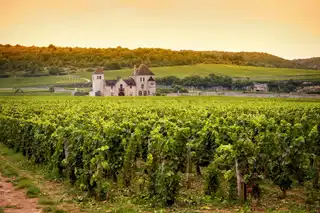
Loading comments ...